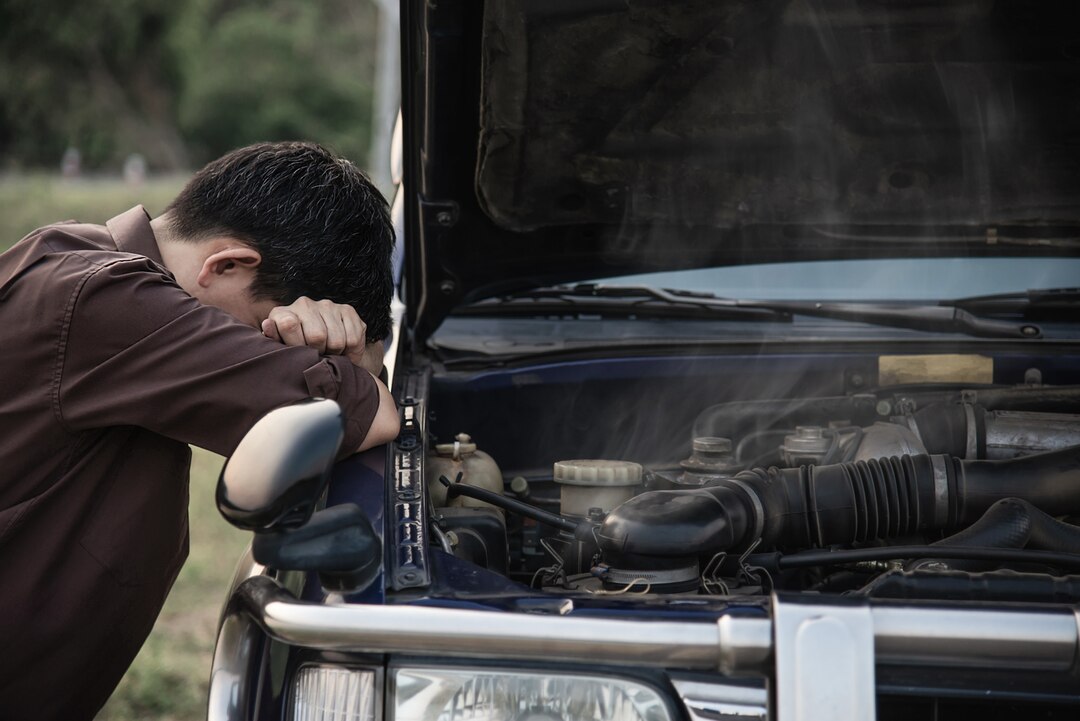The water pump is a vital component of your car’s cooling system, responsible for circulating coolant through the engine to regulate its temperature. A failing water pump can lead to overheating, engine damage, and costly repairs if left unchecked. Recognizing the signs of a failing water pump can help you address the issue promptly and avoid potential problems down the road. Here are ten signs that indicate your car water pump may need replacement:
1. Engine Overheating: One of the most common signs of a failing water pump is engine overheating. If your temperature gauge consistently shows higher-than-normal readings or your engine temperature warning light comes on, it’s a clear indication that the water pump may not be circulating coolant effectively.
2. Coolant Leak: A leaking water pump can cause coolant to seep out and puddle underneath your vehicle. Inspect the area around the water pump for signs of coolant leakage, such as wet spots or stains. Coolant leaks can lead to low coolant levels, engine overheating, and potential damage to other components.
3. Whining or Grinding Noise: A failing water pump may produce unusual noises, such as whining, grinding, or growling sounds. These noises typically indicate worn bearings or impeller blades within the water pump, signaling the need for immediate replacement.
4. Visible Damage or Corrosion: Inspect the water pump for any visible signs of damage, corrosion, or rust. Cracks, leaks, or visible wear on the water pump housing or pulley may indicate that the water pump is nearing the end of its lifespan and requires replacement.
5. Coolant Contamination: A failing water pump can allow contaminants, such as dirt, debris, or rust particles, to enter the cooling system and mix with the coolant. Inspect the coolant reservoir or radiator for signs of contamination, such as discolored or muddy coolant, which may indicate a compromised water pump.
6. Engine Overheating at Idle: If your engine tends to overheat when idling or at low speeds but cools down when driving at higher speeds, it could be a sign of a failing water pump. A weak or worn water pump may not be able to circulate coolant efficiently at lower RPMs, leading to overheating during idle or low-speed operation.
7. Steam or Vapor from the Engine: Steam or vapor escaping from the engine compartment may indicate a coolant leak caused by a failing water pump. If you notice steam or vapor coming from under the hood, pull over safely and turn off the engine to prevent further damage.
8. Heater Malfunction: A malfunctioning water pump can affect the operation of your car’s heater. If your heater fails to produce warm air or blows cold air instead, it could be due to a lack of circulating coolant caused by a failing water pump.
9. Pulley Wobble: A worn or failing water pump may cause the pulley to wobble or feel loose when you inspect it by hand. A loose or wobbly pulley can lead to belt misalignment, increased friction, and premature wear on other engine components.
10. Coolant Pump Weep Hole Leakage: Some water pumps are equipped with a weep hole designed to release small amounts of coolant as a warning sign of pump failure. If you notice coolant dripping or leaking from the weep hole, it’s a clear indication that the water pump is failing and needs replacement.
If you experience any of these signs or symptoms in your vehicle, it’s essential to have your water pump inspected and replaced if necessary by a qualified mechanic. Ignoring water pump issues can lead to engine damage, overheating, and costly repairs. By addressing water pump problems promptly, you can ensure the continued reliability and longevity of your vehicle’s cooling system and engine.











